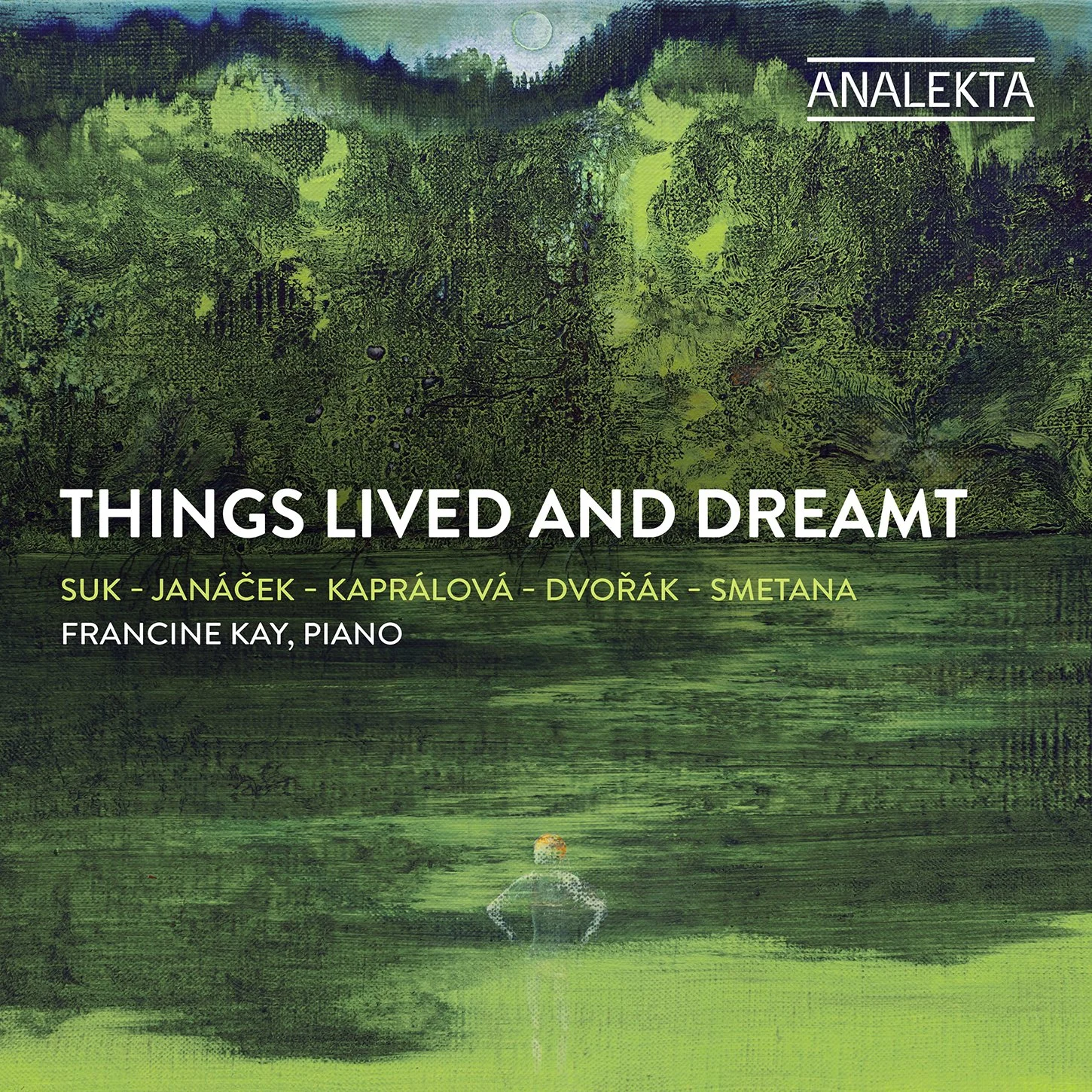Pianist Mathilde Handelsman's debut recording highlights a critical turning point in Claude Debussy's career
Debussy's complete works for piano from 1903 -1907 includes Images Books I and II, Estampes, L'Isle Joyeuse and more
“[Pianist Mathilde Handelsman's] calm technical mastery, immediate understanding of balance, nuance, colors, her sense of natural respiration honored the composer.” – Dernières Nouvelles d'Alsace
French-American pianist Mathilde Handelsman released her debut recording, Debussy: Images on the label Sheva Collection (2019). The album contains Claude Debussy's complete works for piano from 1903-07, including Images Books I and II, Estampes, Masques, D'un cahier d'esquiesses, and L'isle joyeuse.
Collectively, the works represent Debussy's turn towards writing more impressionistic and abstract works. His visit to the Exposition Universelles in Paris in 1899 had a tremendous impact on him. There he heard music from around the world, including Javanese gamelan music and flamenco, and incorporated these new influences into his own compositions. These are represented most apparently in the Estampes, with movement titles such as "Pagodas" and "The Evening in Granada," but is prevalent musically throughout all of the works on this album.
This musical connection between the pieces was very intuitive to Ms. Handelsman. "As a pianist, I sensed a common thread among these pieces, a unity pervading this period in Debussy's oeuvre for piano. Before I could intellectualize it, it was a feeling under my fingers."
For the recording, Ms. Handelsman was looking for a sound that was different from a modern piano. In a small town in France, she found a Steinway from Debussy's time (1875). "I wanted something with character and that piano definitely had a lot of character. There’s something a little bit different about the sound that comes out in the recording, and I wanted that for Debussy’s music."
Contact ClassicalCommunications@gmail.com to request a physical CD or digital copy of this recording.
"Handelsman was particularly fine at her piano, lacing her notes with soft pedal touches that allowed each note to flow graciously" – Boston Concert Reviews
Debussy: Images
Mathilde Handelsman, piano
Sheva Collection (SH234)
Released: September 25, 2019
Read/download liner notes
View Mathilde Handelsman's Digital Press Kit
Request a copy of this CD
TRACKS
All works by Claude Debussy
Images, Book 1, L. 110
[01] No. 1. Reflets dans l'eau (Reflections in the water) 05:47
[02] No. 2. Hommage à Rameau (Tribute to Rameau) 07:01
[03] No. 3. Mouvement (Movement) 03:52
Estampes, L. 100
[04] No. 1. Pagodes (Pagodas) 05:46
[05] No. 2. La soirée dans Grenade (Evening in Granada) 05:22
[06] No. 3. Jardins sous la pluie (Gardens in the Rain) 03:47
Images, Book 2, L. 111
[07] No. 1. Cloches à travers les feuilles (Bells through the leaves) 04:28
[08] No. 2. Et la lune descend sur le temple qui fut (And the moon descends on the temple that was) 05:21
[09] No. 3. Poissons d'or (Golden fishes) 04:06
[10] Masques, L. 105 04:53
[11] D'un cahier d'esquisses (From a sketchbook), L. 99 05:06
[12] L'isle joyeuse (The joyful island) , L. 106 06:27
The concert pianist Mathilde Handelsman is recognized for her “calm technical control, extraordinary vigor, and flawless musicality,” (Dernières Nouvelles d’Alsace). Born and raised in Paris, she came to the United States in 2015 to study with the legendary pianist Menahem Pressler.
Her début album, Images (Sheva Collection, released 2019) contains the complete works of Claude Debussy from 1903 to 1907. Passionate about French music and modern repertoire in general, Mathilde has given lectures on Debussy at international conferences and champions the piano works of Roger Boutry (Grand Prix de Rome, 1954).
Her career has taken her across Europe and the United States as a soloist, chamber musician, and orchestral pianist, and she has performed with conductors Seiji Ozawa, Thomas Adès, and Stefan Asbury, among others. Festival appearances include Tanglewood Music Center, Sarasota Music Festival and Pianofest in the Hamptons. Mathilde Handelsman is Resident Artist and Piano Faculty at the University of New Hampshire, and has published two volumes of poetry.








